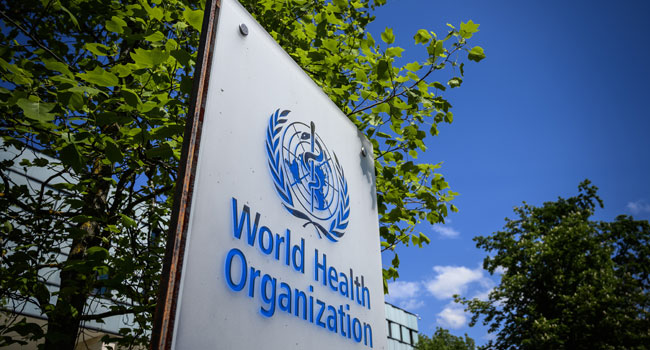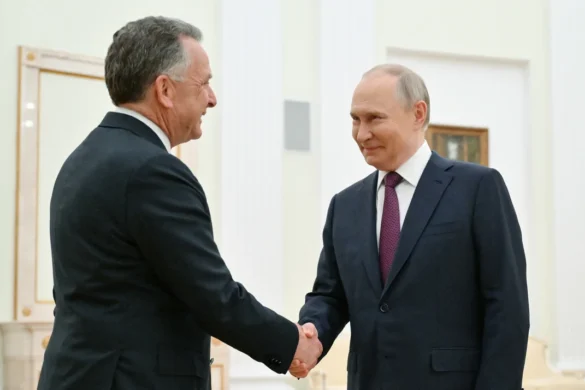The World Health Organization said Wednesday it is too early to lift the highest-level alert for the Covid crisis, with the pandemic remaining a global health emergency despite recent progress.
The WHO’s emergency committee on Covid-19 met last week and concluded that the pandemic still constitutes a public health emergency of international concern (PHEIC), a status it declared back in January 2020.
WHO chief Tedros Adhanom Ghebreyesus told reporters Wednesday that he agreed with the committee’s advice.
“The committee emphasised the need to strengthen surveillance and expand access to tests, treatments, and vaccines for those most at risk,” he said, speaking from the UN health agency’s headquarters in Geneva.
The WHO first declared the Covid-19 outbreak a PHEIC on January 30, 2020, when, outside of China, fewer than 100 cases and no deaths had been reported.
Though it is the internationally-agreed mechanism for triggering an international response to such outbreaks, it was only in March, when Tedros described the worsening situation as a pandemic, that many countries woke up to the danger.
Since the start of the Covid pandemic, more than 622 million confirmed Covid cases have been reported to WHO and more than 6.5 million deaths, although those numbers are believed to be significant underestimates.
According to WHO’s global dashboard of the situation, 263,000 new cases were reported in the previous 24 hours, while 856 new Covid deaths had been reported in the past week.
Tedros acknowledged Wednesday that “the global situation has obviously improved since the pandemic began,” but he warned that “the virus continues to change and there remain many risks and uncertainties.”
“The pandemic has surprised us before and very well could again,” he warned.
‘Surveillance has declined’
Maria Van Kerkhove, the WHO’s Covid-19 technical lead, agreed, warning that there were still “millions of cases being reported each week, but our surveillance has declined.”
This is making it difficult to get a full overview of the situation and especially of how the virus is mutating.
She stressed that “the more this virus circulates, the more opportunities it has to change.”
The Omicron variant accounts for basically all virus samples that are sequenced, with more than 300 sublineages of that variant recorded.
“All of the subvariants of Omicron are showing increased transmissibility and properties of immune escape,” Van Kerkove said, adding that one new combination of two different subvariants was showing “significant immune evasion.”
“This is a concern for us because we need to ensure that the vaccines that are in use worldwide remain effective at preventing severe disease and death,” she said.
In light of the broad spread of new Omicron subvariants, Van Kerkhove stressed that “countries need to be in a position to conduct surveillance to deal with increases in cases and perhaps deal with increases in hospitalisations.”
“We have to remain vigilant.”




